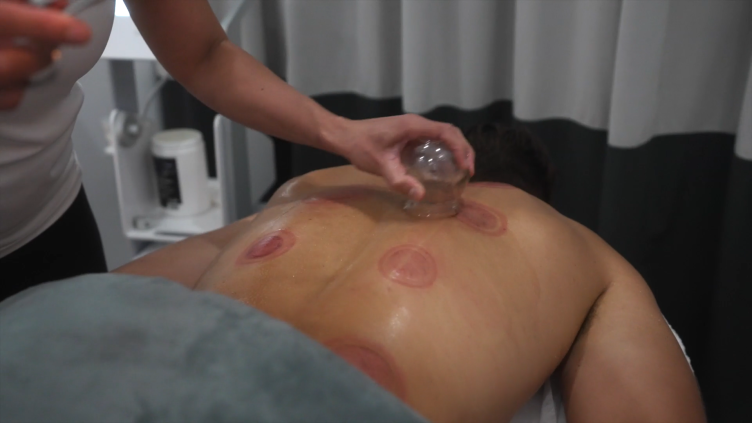Finding a Cryotherapy Weight Loss Study Which PROVES it’s the Right Choice
Cryotherapy has been a popular wellness treatment for decades among celebrities and everyday people. Its beauty benefits, particularly weight loss, are well-known. Being exposed to -140℃ for very short lengths of time is known to burn hundreds of calories. But does this therapy actually work and if so, how? Here’s a breakdown of cryotherapy weight loss studies to prove that it’s the right weight loss choice for you.
A Brief Recap: What is Cryotherapy?
Cryotherapy is a treatment that uses extremely cold temperatures to activate changes within the body. Developed in 1978 in Japan by Dr Yamaguchi, modern cryotherapy involves exposing the body to -140℃ for up to three minutes. During this time, the body starts to believe that it’s freezing causing the fight or flight mode to be activated. This causes a series of chain reactions including adrenaline rushes and a boosted blood circulation which speeds up the body’s internal processes.
How Can Cryotherapy Help You Lose Weight?
It all starts with the fight or flight mode. When your body is exposed to the extreme conditions of cryotherapy, it goes into a state of survival because it thinks it’s going to freeze. You start shivering and your internal bodily process start speeding up in an effort to raise core temperature. Your metabolism increases and fat is burned more quickly as your body needs more energy to warm up.
All of these reactions burn huge amounts of energy which is exactly what contributes to weight loss. And even after the treatment ends, your body remains in this heightened state for around eight hours as it attempts to raise your core temperature back to normal.
What Evidence is There to Support This?
A study published in the Journal of Clinical Investigation analysed the effects that colder temperatures had on the body in comparison to a warmer climate. It found that people who spent time in a 17℃ room burned more energy than those who spent time in much warmer temperatures.
Another study had similar results. People who slept in colder rooms increased their levels of brown fat, which is said to burn fat and calories, by 42% in comparison to those who didn’t. Their metabolism rate was boosted by 10 percent too.
Cryotherapy’s ability to promote weight loss has also been linked to hormonal boost. A study published in the Scandinavian Journal of Clinical and Laboratory Investigation found that cryotherapy causes a rush of endorphins such as norepinephrine. This hormone is released when the body realizes that it’s not actually freezing and leaves you feeling refreshed and relieved.
This high feeling can give you the energy boost you need to push yourself during a workout. Even the most athletically inclined of us can experience dips in energy and that can affect the intensity and quality of workouts. Cryotherapy can give you that boost you need to rev up the intensity to burn even more calories.
So, Can Cryotherapy Actually Improve the Quality of Our Workouts?
Best way to lose weight, tone up and build muscle is to exercise – we all know that. But even professional athletes experience the side effects of physical exertion. From fatigue to sore and even pulled muscles, these side effects can force us to rest and stop training, which can impact progress.
Cryotherapy helps with muscle recovery, which is why it’s such a popular treatment among athletes. For instance, both Floyd Mayweather and Conor McGregor are known to have relied on cryotherapy to help them recover from their intensive training regimes – especially in the run-up to their highly publicized fight in 2017. In fact, McGregor used cryotherapy to help with his increasingly intensive regime while Mayweather is known to be a regular cryotherapy user.
There’s evidence to suggest that cryotherapy can help reduce muscle soreness or in some cases, help to prevent it all together. A 2015 study found that cryotherapy reduced muscle soreness and re-established homeostasis in the body so that the participants could continue exercising.
Another study discovered that cryotherapy can reduce muscle inflammation by affecting the production of proteins responsible for it. Participants who had the treatment had higher levels of anti-inflammatory cytokines and lower levels of pro-inflammatory cytokines. In addition, they also had lower levels of creatine kinase, which is an enzyme that indicates signs of muscle damage.
This suggests cryotherapy can actually reduce the amount of muscle damage a person experiences during exercise and help you recover more quickly. This then means you can continue working out, perhaps even harder than before, and see greater weight loss results.
See our treatments page and find a cryotherapy treatment perfect for your needs.
{{cta(‘f3b9e688-7e4a-484b-8a85-cdc8c5cff0b6’)}}







